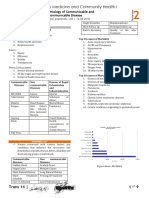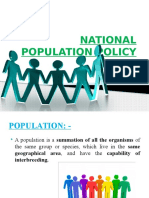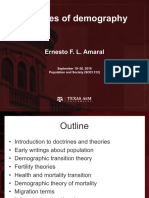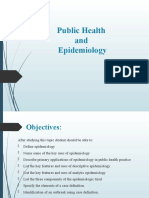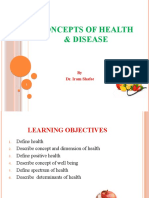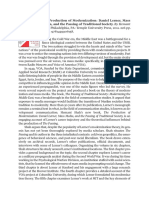0% found this document useful (0 votes)
118 views7 pagesSocial Demography
The document discusses various components of population growth including demography, migration, population and social development, causes and consequences of population explosion, and components of population growth such as sex composition, population density, age composition, and mortality rates in India. It provides statistics on India's population growth and changing demographics.
Uploaded by
Kamrankhan KamranCopyright
© © All Rights Reserved
We take content rights seriously. If you suspect this is your content, claim it here.
Available Formats
Download as DOCX, PDF, TXT or read online on Scribd
0% found this document useful (0 votes)
118 views7 pagesSocial Demography
The document discusses various components of population growth including demography, migration, population and social development, causes and consequences of population explosion, and components of population growth such as sex composition, population density, age composition, and mortality rates in India. It provides statistics on India's population growth and changing demographics.
Uploaded by
Kamrankhan KamranCopyright
© © All Rights Reserved
We take content rights seriously. If you suspect this is your content, claim it here.
Available Formats
Download as DOCX, PDF, TXT or read online on Scribd
/ 7


